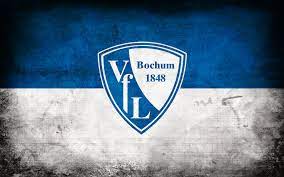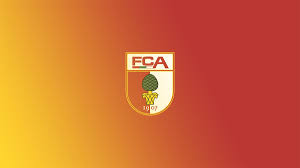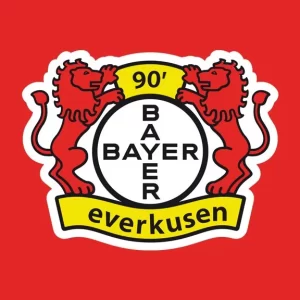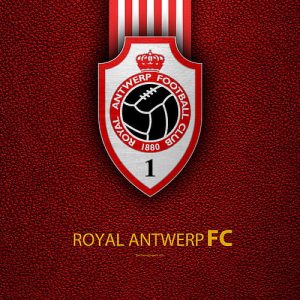Their participation in domestic and European competitions reflects aspirations to compete at the highest levels while maintaining their unique identity rooted in North London pride and community engagement ww88.
Tactical Evolution and Playing Style of Tottenham FC
Tactical ingenuity has been central to Tottenham FC’s identity at various points across its history. From classic formations to modern tactical philosophies, the club’s approach on the pitch reflects its evolving philosophy, managerial influences, and player capabilities.
Historical Tactical Approaches
Historically, Tottenham was known for an attacking, free-flowing style of football. During the Bill Nicholson era, the team adopted an innovative 4-4-2 formation that prioritized width, pressing, and quick transitions.
This approach emphasized technical skill and creative freedom, often overwhelming opponents with offensive pressure. Their tactical setup was rooted in flexibility, allowing players like Hoddle and Greaves to thrive in attacking roles.
Contemporary Tactics Under Modern Managers
In recent years, Tottenham’s tactical setup has shifted based on managerial philosophy. Under Mauricio Pochettino, the team embraced high pressing, positional fluidity, and a flexible 4-2-3-1 formation. Pochettino’s emphasis on intense pressing and quick counter-attacks revitalized the club’s style.
More recently, under Antonio Conte, tactical pragmatism combined with disciplined defensive organization and swift transition play became prominent. The emphasis on structure and adaptability reflects a response to the demands of modern football’s tactical complexity.
Influences of Player Skills and Team Dynamics
Tottenham FC playing style hinges heavily on key players’ abilities. Creative midfielders like Hoddle historically shaped their approach, while modern stars like Harry Kane and Son Heung-min bring versatility and goal-scoring threat.
Their team dynamics—marked by quick interchanges, vertical passing, and tactical discipline—allow them to adapt to different opponents. The club’s focus on developing a cohesive, adaptable system has been vital to their competitive success.





